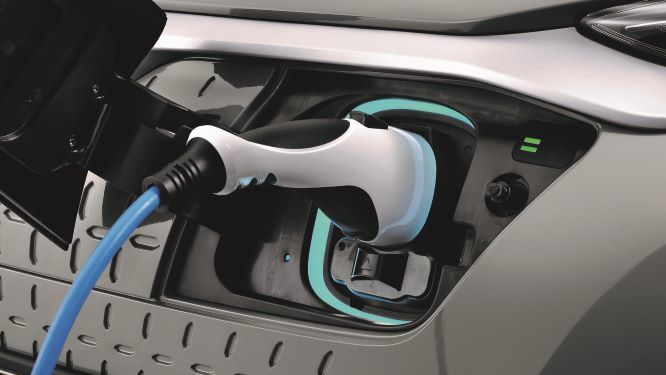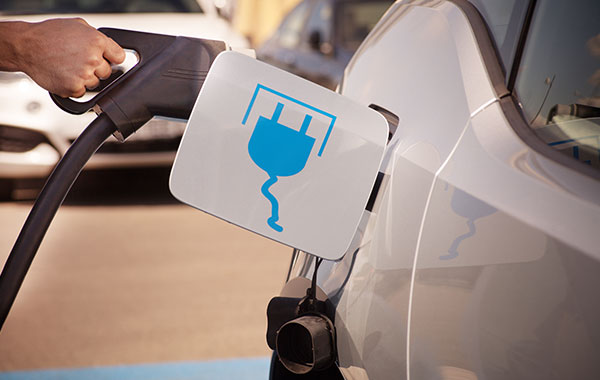In Germany, 18,896 electric vehicles were newly registered in June, including purely battery-powered electric cars, plug-in hybrids and fuel cell vehicles. The increase is 118 percent. New registrations of all-electric vehicles (BEV) rose by 41 percent to 8,119 units in June. In addition, almost four times as many plug-in hybrids (PHEVs) were newly registered as in the same month last year. The Federal Motor Transport Authority registered 10,749 new PHEVs (up 274 percent).
Since the beginning of the year, 93,980 electric vehicles have been newly registered (plus 97 percent). In the first half of the year, they achieved a 7.8 percent share of the total market, compared with around 3 percent in 2019.
Reinhard Zirpel, President of the Association of International Motor Vehicle Manufacturers (VDIK) emphasized: “The electric car market is leaving the corona crisis behind for the time being. After the record in March, June 2020 was the second strongest registration month for e-vehicles in Germany so far. This was certainly due to the announcement that the increased purchase premium would apply retroactively to all newly registered vehicles after June 3. We expect the new innovation premium to provide a significant boost to demand for electric cars in the second half of the year.
The VDIK recently published an updated list of electric vehicles from international manufacturers. The VDIK member companies currently offer over 70 electric models that customers in Germany can order. The VDIK electric list can be downloaded here.
The overall demand for vehicles with alternative engines also increased significantly in June. A total of 39,491 new electric cars, hybrids with and without plugs, mild hybrids (48 volts) and gas passenger cars were registered. The increase over the same month last year was 52 percent. Since the beginning of the year 208,109 new units have been registered. This means that cars with alternative drive systems achieved a share of 17.2 percent of the total market in the first six months of this year, compared to just under 9 percent in 2019.
In addition, 3,552 new CNG cars have been added since the beginning of the year. Three quarters of the vehicles come from international manufacturers (75 percent).
| June | January – June | |||||
|---|---|---|---|---|---|---|
| Change(%) | Change(%) | Share of total market | Int. manufacturers (VDIK, %) | |||
| BEV | 8,119 | 41 | 44,307 | 43 | – | 34 |
| PHEV | 10,749 | 274 | 49,541 | 200 | – | 30 |
| FCEV | 28 | 17 | 132 | 32 | – | 100 |
| Electric vehicles (total) | 18,896 | 118 | 93,980 | 97 | 7,8 | 32 |
| HEV | 19,505 | 22 | 109,670 | 27 | – | 45 |
| CNG | 751 | 5 | 3,552 | 11 | – | 75 |
| LPG | 339 | -53 | 907 | -81 | – | 94 |
| Alternative drivetrains (total) | 39,491 | 52 | 208,109 | 46 | 17,2 | 40 |
Glossary
Electric vehicles: BEV, PHEV and FCEV
BEV, Battery Electric Vehicle
PHEV, Plug-In Hybrid Electric Vehicle
FCEV, Fuel Cell Vehicle, hydrogen vehicle
HEV, Hybrid without plug or non-rechargeable
CNG, Compressed Natural Gas
LPG, Liquified Petroleum Gas





